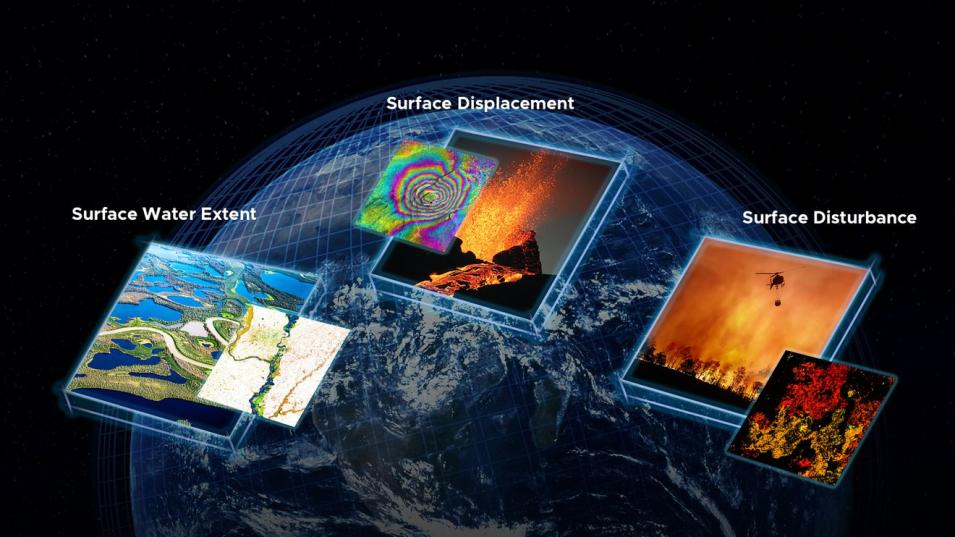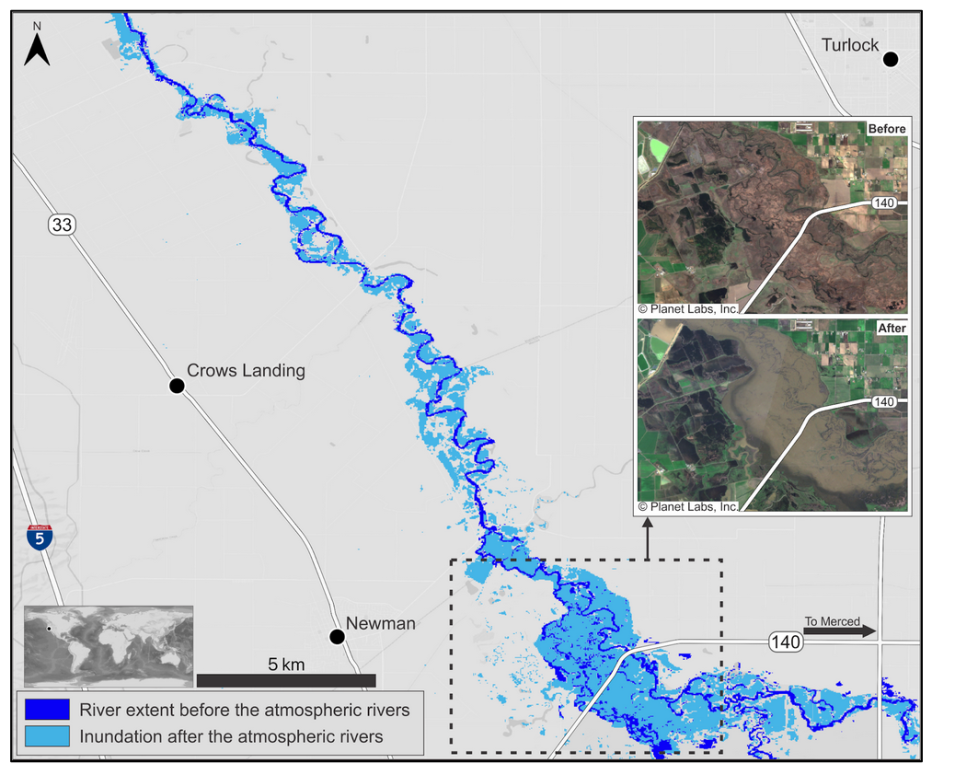Getting accurate, trustworthy satellite data about a wildfire, a hurricane making landfall, or life-threatening severe weather is a notable achievement. So is getting actionable, decision-ready science data products about that fire, hurricane, or storm into the hands of staff at federal agencies and to first responders in a timely manner. Unfortunately, getting from one to the other is often a long process that typically involves a high degree of technological savvy and data-processing prowess.
The Observational Products for End-Users from Remote Sensing Analysis (OPERA) project at NASA’s Jet Propulsion Laboratory (JPL) in Southern California seeks to change that with free and timely satellite data products for users ranging from federal agencies to the public.
“Quite often satellite missions are driven by science, applications, or technology demonstrations. In OPERA, we focus on fulfilling the operational needs identified by federal agencies who rely on our work,” said OPERA Project Manager Dr. David Bekaert. “We leverage cloud computing to turn massive amounts of satellite observations into analysis-ready products relevant to our federal stakeholders. Shortening the path from satellite observations to stakeholder decisions is a key driver behind the overall implementation and execution of OPERA.”
The OPERA project is managed by JPL, with partners from NASA’s Goddard Space Flight Center, the U.S. Geological Survey (USGS), the University of Maryland College Park, the University of Alaska Fairbanks, and Southern Methodist University. Every two years, the multi-agency Satellite Needs Working Group (SNWG) conducts a survey to identify gaps in the current suite of NASA datasets to meet U.S. federal agency needs. Following the 2018 survey, better products for detecting surface water extent, surface disturbance, and surface displacement were among the top 10 interagency needs. OPERA began development of these products in 2021.
OPERA’s Release 1 Products
As of June 2023, the OPERA project has released a near-global Dynamic Surface Water Extent (DSWx) product and a near-global Surface Disturbance (DIST) product. Both products are derived from the Harmonized Landsat Sentinel-2 (HLS) project, which uses data from the Operational Land Imager (OLI) aboard the joint NASA/USGS Landsat 8 and Landsat 9 satellites and the Multispectral Instrument (MSI) aboard the European Space Agency’s (ESA) Sentinel-2A and -2B satellites to generate harmonized surface reflectance data products with near-global coverage.


